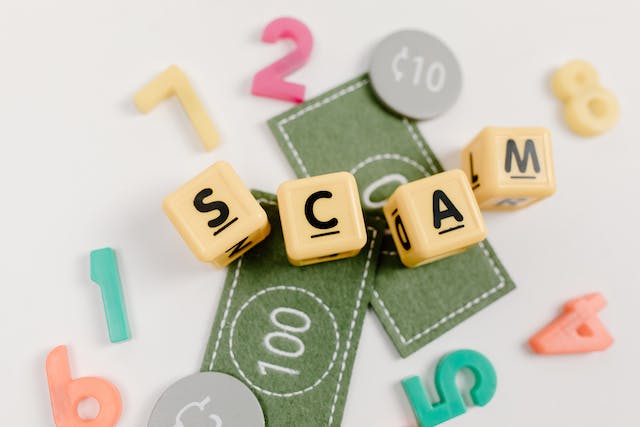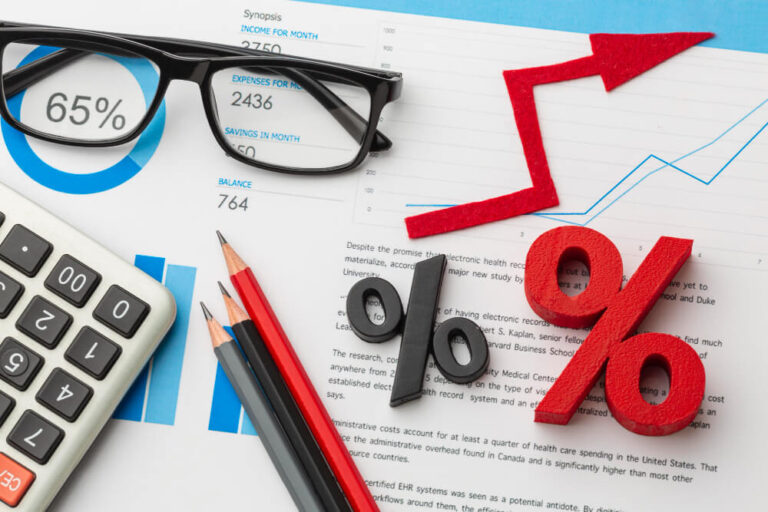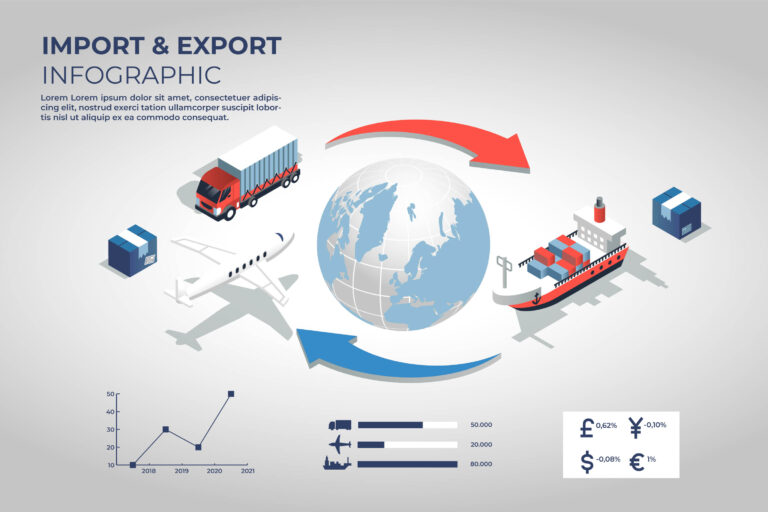VAT Fraud: How it Occurs and How Businesses Can Protect Themselves
Value Added Tax (VAT) fraud costs the UK government over £1 billion annually in lost tax revenue. Criminals use sophisticated techniques to circumvent VAT rules and exploit the system. However, businesses can take measures to detect and prevent VAT fraud to avoid substantial penalties. This guide explains common VAT fraud methods and best practices businesses should follow to minimize VAT fraud risks.
What is VAT Fraud?
VAT fraud refers to illegal activities aimed at avoiding paying VAT liabilities. This includes understating taxable sales, overstating deductible expenses, failing to register for VAT, charging customers VAT and pocketing it, and claiming false VAT refunds. HMRC treats VAT fraud very seriously, with penalties ranging from financial charges to criminal prosecution.
Common Types of VAT Fraud
Some of the most prevalent VAT scams include:
1. Missing Trader Fraud
This involves registering a sham company to buy goods VAT-free, then selling to customers charging VAT but disappearing before paying HMRC. The buyers reclaim the VAT, so the tax authority loses out.
2. Carousel Fraud
Fraudsters trade goods in circles between companies in different countries to repeatedly reclaim VAT from tax authorities. The carousel continues until HMRC uncovers it.
3. Fake Goods and Services
Criminals create fictitious transactions for goods/services that were never supplied and file for fraudulent VAT refunds. Shell companies and fabricated invoices facilitate such scams.
4. Hidden Turnover
Businesses deliberately under-declare turnover to lower the VAT they owe. Sales may be made in cash to avoid detection.
5. VAT Registration Fraud
Those looking to commit VAT fraud will register companies using fake identities or nominal directors. The fraud then leads to dissolution before HMRC can recover lost taxes.
VAT Fraud Red Flags for Businesses
Businesses should watch for these common signs of potential VAT fraud in their transactions:
- Invoices from unfamiliar suppliers for unspecified services
- Transaction chains involving other high-risk sectors or countries
- Abnormal volume of transactions for a supplier or customer
- Discrepancies in purchase/sales records between parties
- Credit balances accumulating on supplier statements
- New suppliers who are slow to provide VAT details
Uncovering such patterns early allows mitigation steps before major liabilities accrue.
Best Practices to Prevent VAT Fraud
Implementing robust controls and compliance helps deter VAT fraud:
Verify Suppliers and Customers
Thoroughly vet trading partners, validate contact details, and be wary of unfamiliar businesses. Request VAT registration certificates before trading.
Review Invoices Critically
Check invoices for accuracy, match to orders, and follow up on any unclear charges.
Monitor Transaction Patterns
Analyze sales/purchase data to spot abnormal spikes and potential linked trades indicative of carousel fraud.
Maintain Voyant Records
Carefully record all transactions. Cross-check financial statements for inconsistencies indicating turnover hiding.
Install Fraud Detection Software
Specialized software uses AI and machine learning to identify high-risk transactions requiring additional review.
Report Suspicions Promptly
If VAT fraud seems likely, report concerns immediately to HMRC to avoid penalties.
With vigilance and preventative controls, responsible businesses can protect themselves from VAT fraud schemes. Being proactive is key given the severe financial liabilities and reputational damage from facilitating or overlooking VAT fraud.
What to Do If You Fall Victim to VAT Fraud
If your business discovers it has been defrauded, take immediate corrective action:
- Gather documentation around the fraudulent transactions.
- Quantify the total VAT loss from the fraud.
- Report it to HMRC and notify affected trading partners.
- Cooperate fully with any HMRC investigations.
- Strengthen internal controls to prevent repeated fraud.
- File updated VAT returns to reclaim defrauded VAT.
- If external parties were involved, pursue legal action to recover lost funds.
While falling victim to VAT fraud can be very damaging, taking responsibility and proactively working to resolve the situation helps mitigate penalties and shows tax authorities you are committed to putting controls in place against future fraud.
Conclusion
Left unchecked, VAT fraud can quickly spiral out of control, landing businesses with massive tax bills, penalties, and criminal prosecutions. But following best practices around supplier verification, transaction monitoring, record keeping, and fraud detection makes it much harder for fraudsters to exploit your business. Companies staying vigilant can protect themselves and avoid supporting the multi-billion VAT fraud economy.







